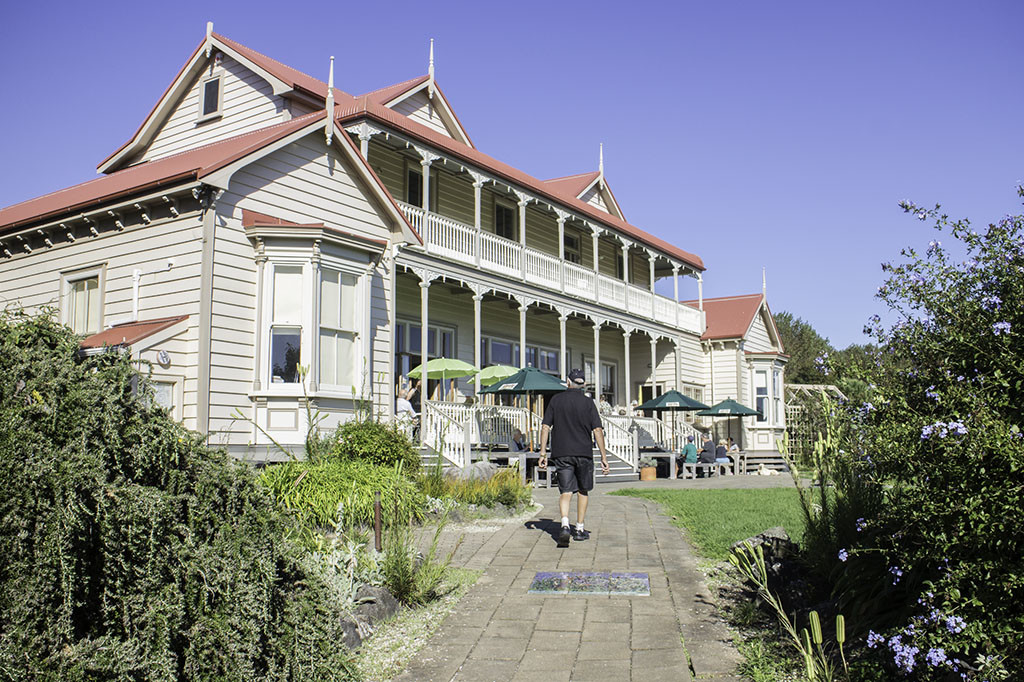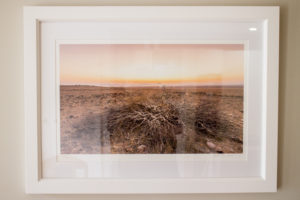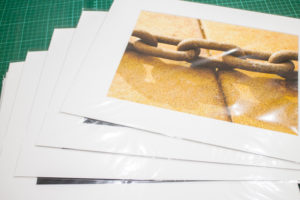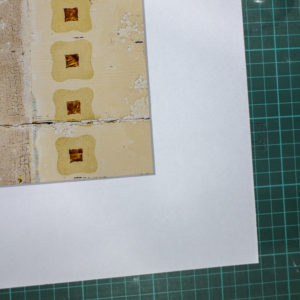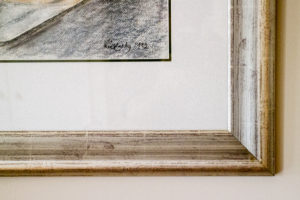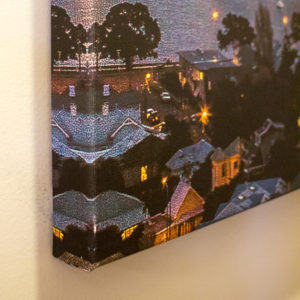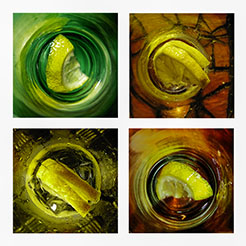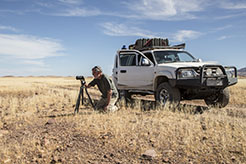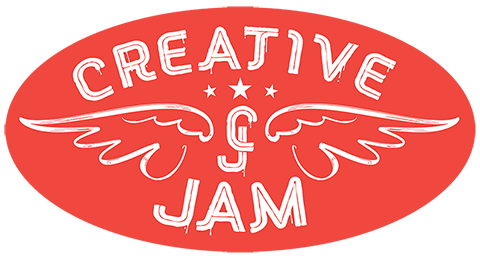The Business of Art
During my recent visit to Sydney I popped into one of my fave hangouts, the Art Gallery of NSW and headed straight down to the photographic exhibitions (why do galleries always bury photography exhibits in the basement?). I was surprised to find a number of pieces by Andreas Gursky, who’s name didn’t mean much to me until a few years back when one of his photographs sold for over 3 million dollars. While contemplating the huge print of “Chicago, Mercantile Exchange” (it was estimated to sell for over five hundred thousand Euros), I got to thinking about the first time I presented my photography to the owner of the Red Square Gallery in Cape Town. I now cringe at the thought of how naive I was; I just arrived at the gallery without an appointment, my work was very poorly presented and was very higgledy-piggledy to say the least with no structure or cohesive theme. The gallery owner was very polite in rejecting me but it took me ages to come to terms with it. So how do you go from aspiring artists to commercial success?
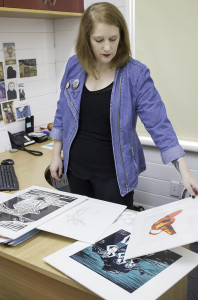 I decided to find out more about this “business of art” so I headed off to have a chat with an expert in the field. I managed to track down Lisa Rodgers, the curator and general manager of Lake House Arts in Takapuna, who has been involved in the business of art for many years. I started by asking her how artists should go about approaching a gallery with the intention of getting their work accepted for exhibition. “What I’ve developed over the years is an exhibition proposal guideline document that asks about the artist and their practice, some images of their work and an artists CV that covers details like where you have exhibited and where you studied” explains Lisa. As a professional in the world of art, she undertook a research project around how artists should best approach galleries, casting her net far and wide to cover both private sector and publicly funded institutions. When the results were distilled, this seemingly daunting task came down to a few simple guidelines; “Make an appointment. I get a lot of artists coming in with a whole lot of artworks in their car and have the expectation that I can drop everything and have a half hour chat with them. While I’d love to do that as it would make my life much more fun, in reality it doesn’t work like that. If you want to get picked up by galleries and get exhibitions and you want to ultimately make sales and gain a reputation and get yourself out there, you need to treat the way you do it as a business” adds Lisa.
I decided to find out more about this “business of art” so I headed off to have a chat with an expert in the field. I managed to track down Lisa Rodgers, the curator and general manager of Lake House Arts in Takapuna, who has been involved in the business of art for many years. I started by asking her how artists should go about approaching a gallery with the intention of getting their work accepted for exhibition. “What I’ve developed over the years is an exhibition proposal guideline document that asks about the artist and their practice, some images of their work and an artists CV that covers details like where you have exhibited and where you studied” explains Lisa. As a professional in the world of art, she undertook a research project around how artists should best approach galleries, casting her net far and wide to cover both private sector and publicly funded institutions. When the results were distilled, this seemingly daunting task came down to a few simple guidelines; “Make an appointment. I get a lot of artists coming in with a whole lot of artworks in their car and have the expectation that I can drop everything and have a half hour chat with them. While I’d love to do that as it would make my life much more fun, in reality it doesn’t work like that. If you want to get picked up by galleries and get exhibitions and you want to ultimately make sales and gain a reputation and get yourself out there, you need to treat the way you do it as a business” adds Lisa.
So, there was this thing again, the business of art; being professional. Isn’t art all about messing about in your studio and being all creative and stuff? Aren’t artists allowed to be, well, just arty and happy go lucky? Lisa has some strong views on this. ”Being arty and disorganised is a bit of an excuse. It comes down to professionalism, being organised. If you say you will deliver something by a certain date then you need to stick to that. My exhibition contracts will have a timeline of when things need to be delivered so there’s no excuse.” Lisa is herself an artist and prides herself on being organised and professional about her own art. “It’s a skill that can be learned and more institutions are including this in the art courses which is evident in the many emerging artists that I deal with. So there is no excuse. If you follow the guidelines and deliver the information that I ask for, you’ll probably get an exhibition. If you want to do this as a career, you can’t think about it as a hobby.”
There are many community galleries similar to Lake House Arts that operate on a ‘not for profit basis’ and are constantly on the lookout for new and exciting works by a wide range of artists. But bear in mind that these facilities have limited wall space, time and resources, so there is fair competition that you will be up against. Lisa concludes, “there is a good chance of getting your work exhibited if you follow the simple guidelines outlined by the gallery.”
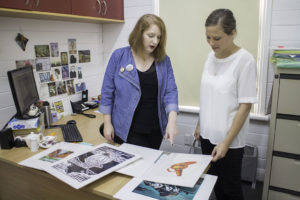 Here are my top tips for succeeding at the business of art.
Here are my top tips for succeeding at the business of art.
- Get organised – make sure you know what is expected of you when you approach a gallery
- Make an appointment – don’t just arrive and expect the gallery manager to be able to spend time looking at your boot load of artworks
- Read the proposal guidelines – most galleries make guidelines available for download or on their website
- Be reliable – know what is expected of you and by when and then deliver on time.
- Finished artwork – ensure that your artworks are ready to hang, not wet, incomplete or falling apart
- Artist’s biography – you should have a well-written artist’s bio ready to go. Get someone to proof read and help you edit.
- Artists CV – thius is different from you bio and should detail your experience as an artist including details of where you’ve studied, examples of your work and where you have exhibited
- Exhibition concept – a well thought out idea of what you are proposing that includes visual examples will go a long way to getting your work on the wall
- Photographs of your art – have a selection of images ready to go that closely represent your work for proposals and publication in catalogues
- Have fun – the more organised you are the more fun the business of art is.
So if your art is becoming a business it’s time to get up, dress up and show up to give yourself the best chance of succeeding. Go out there and create, print and share.

